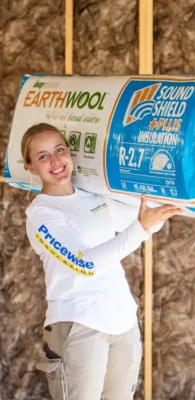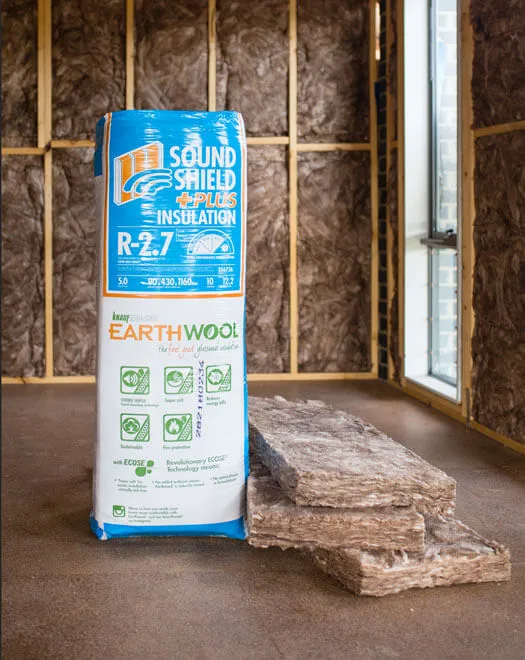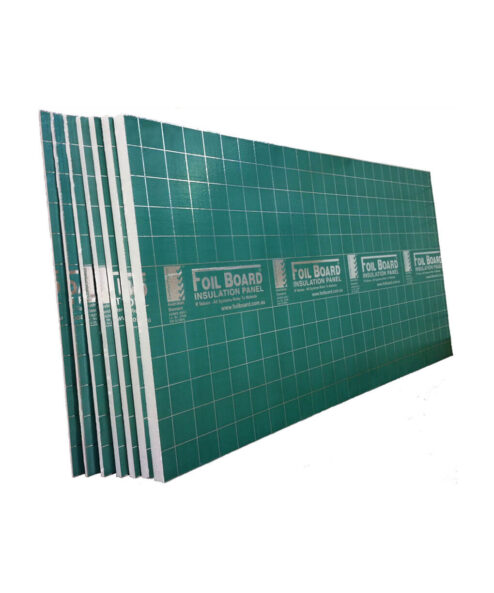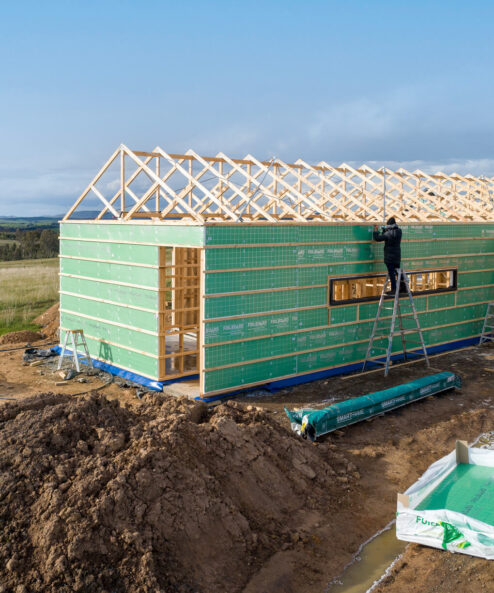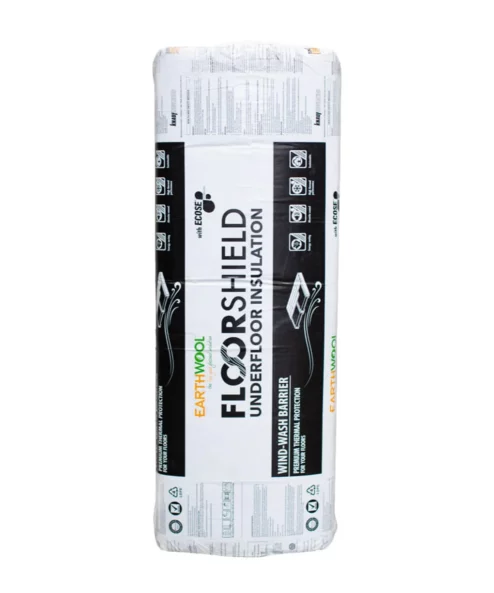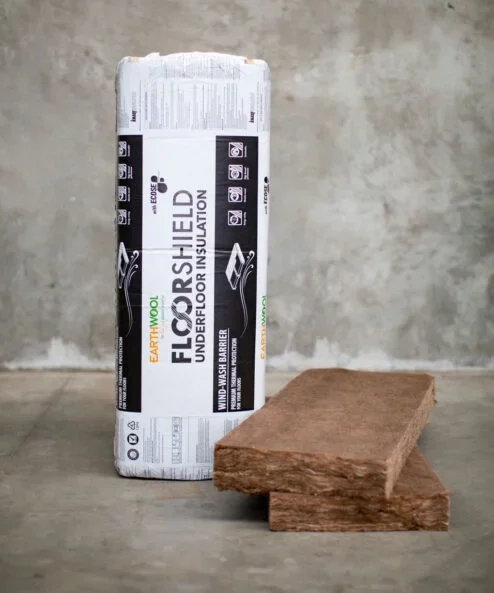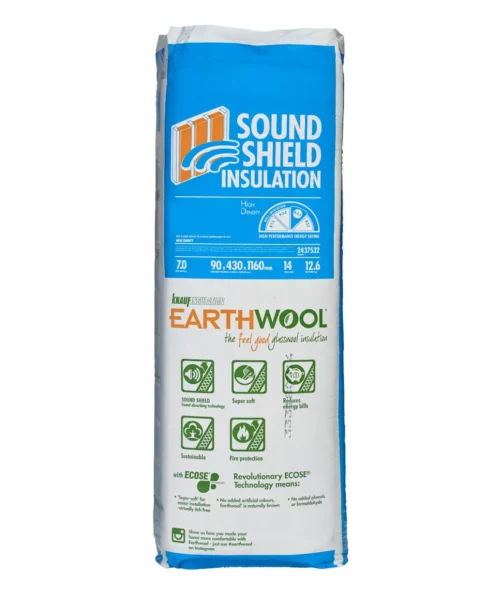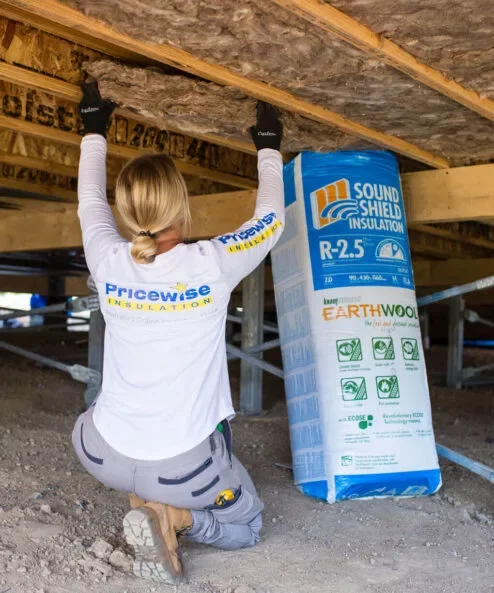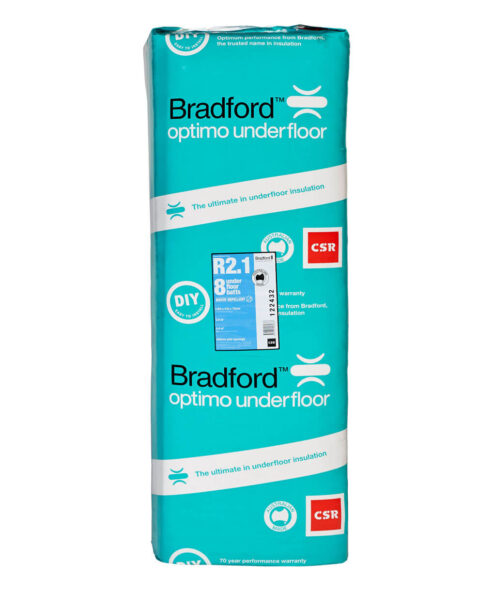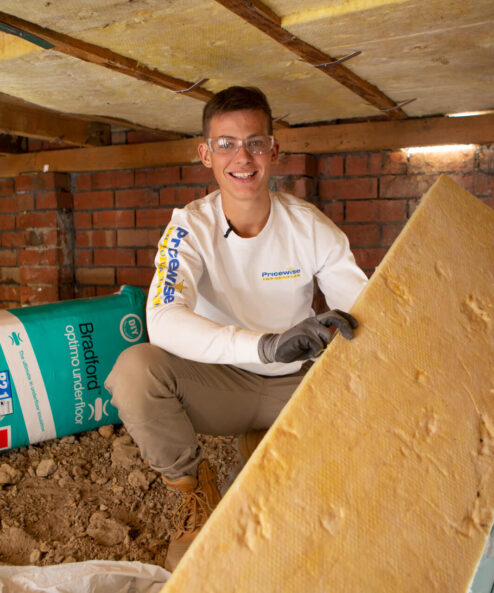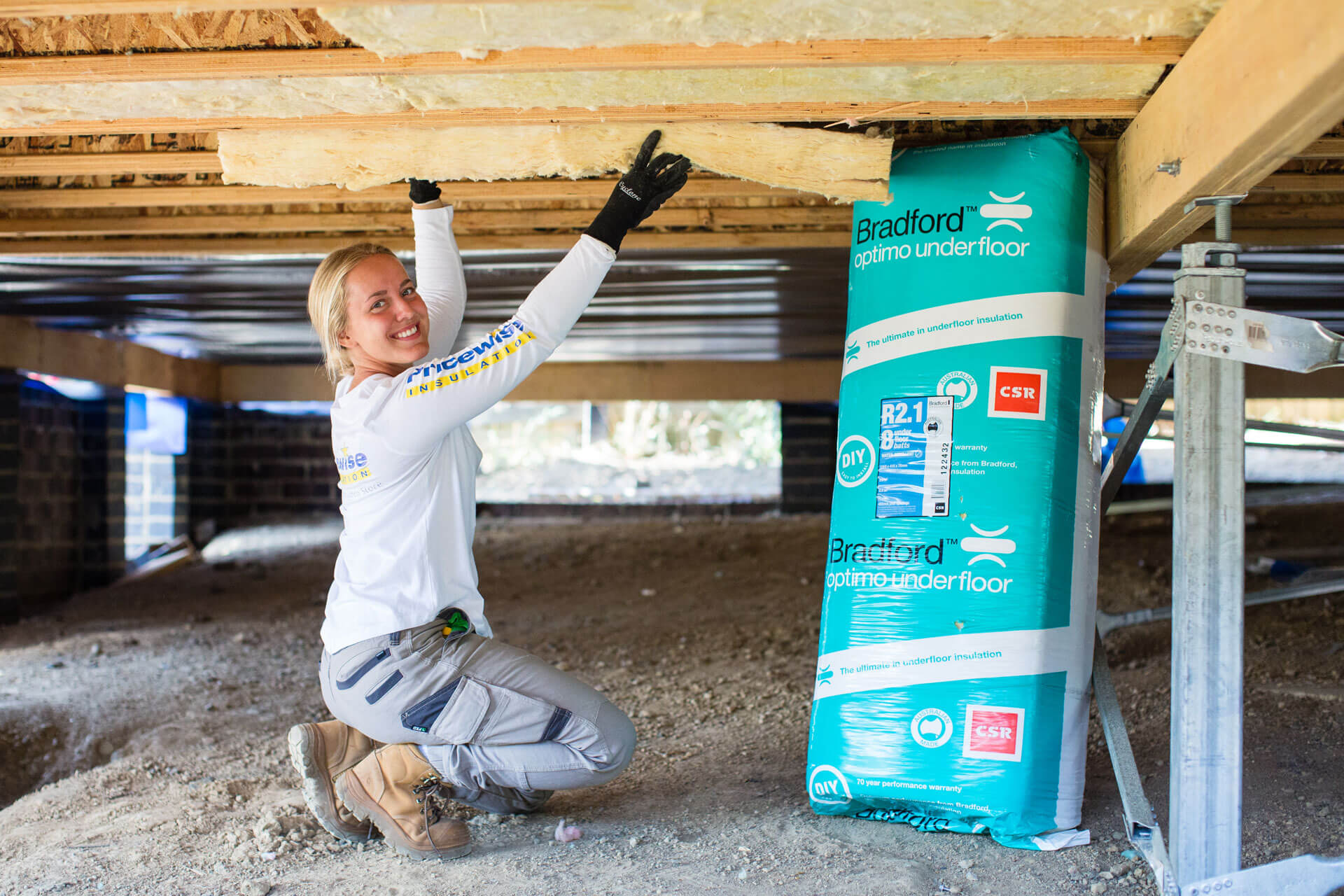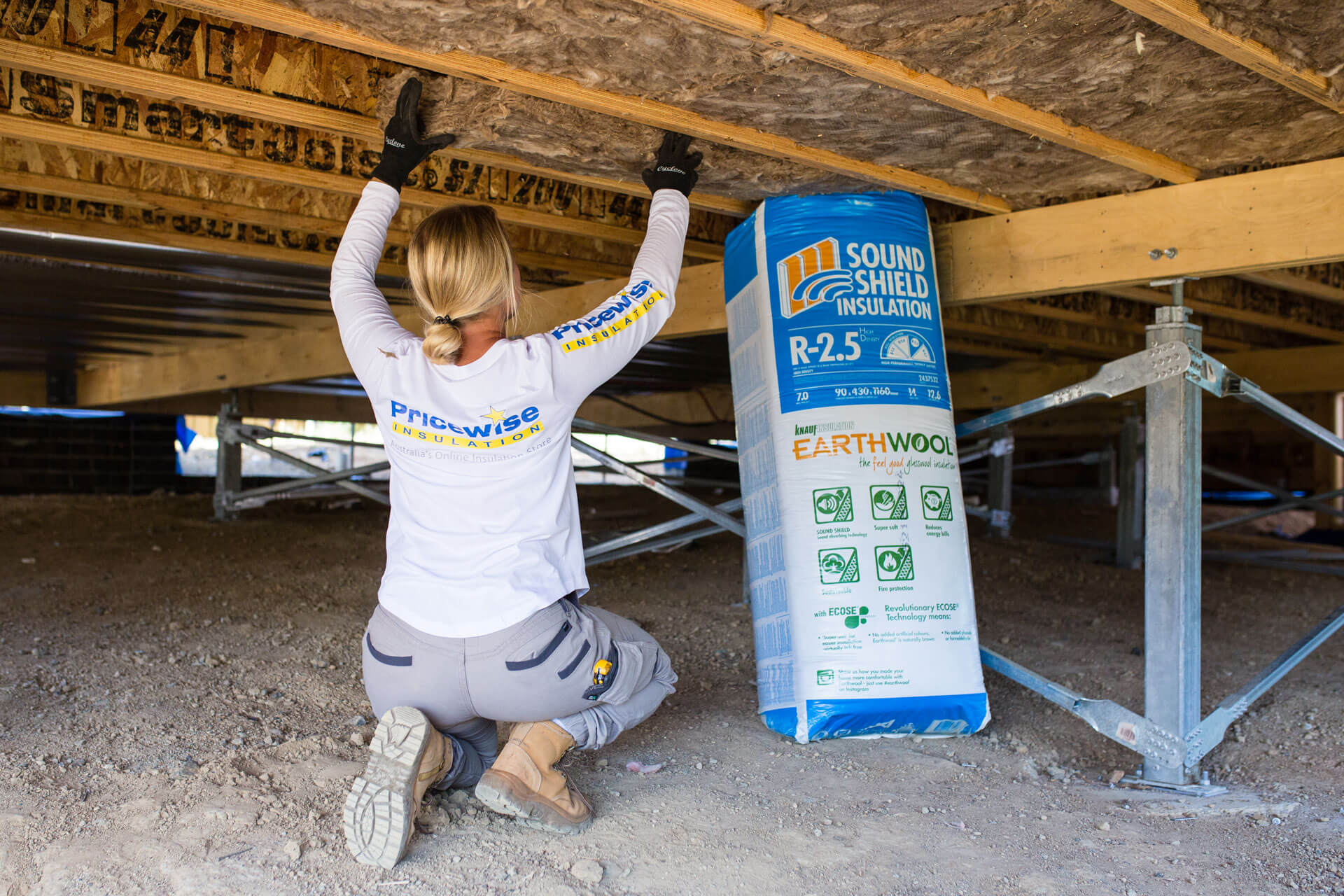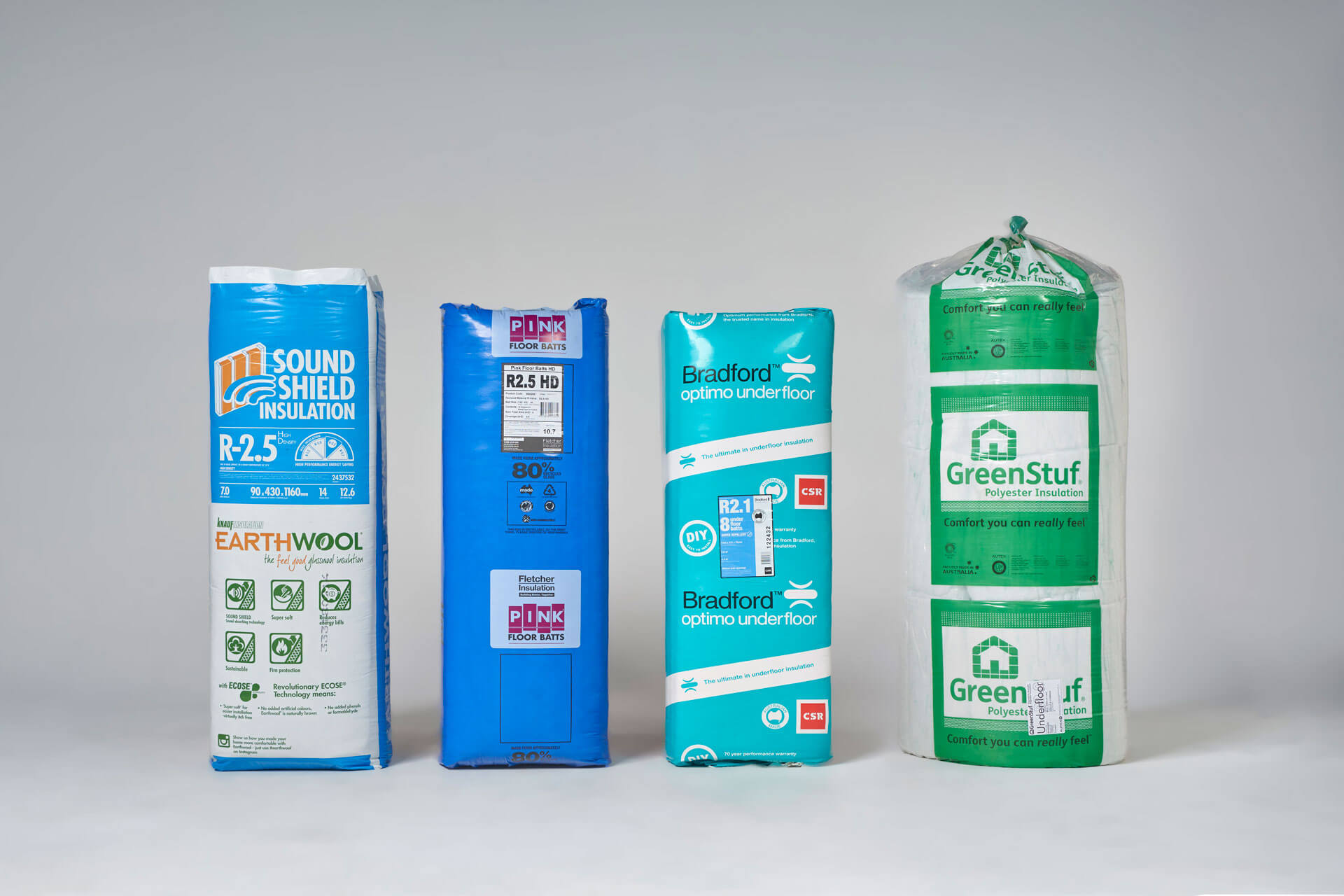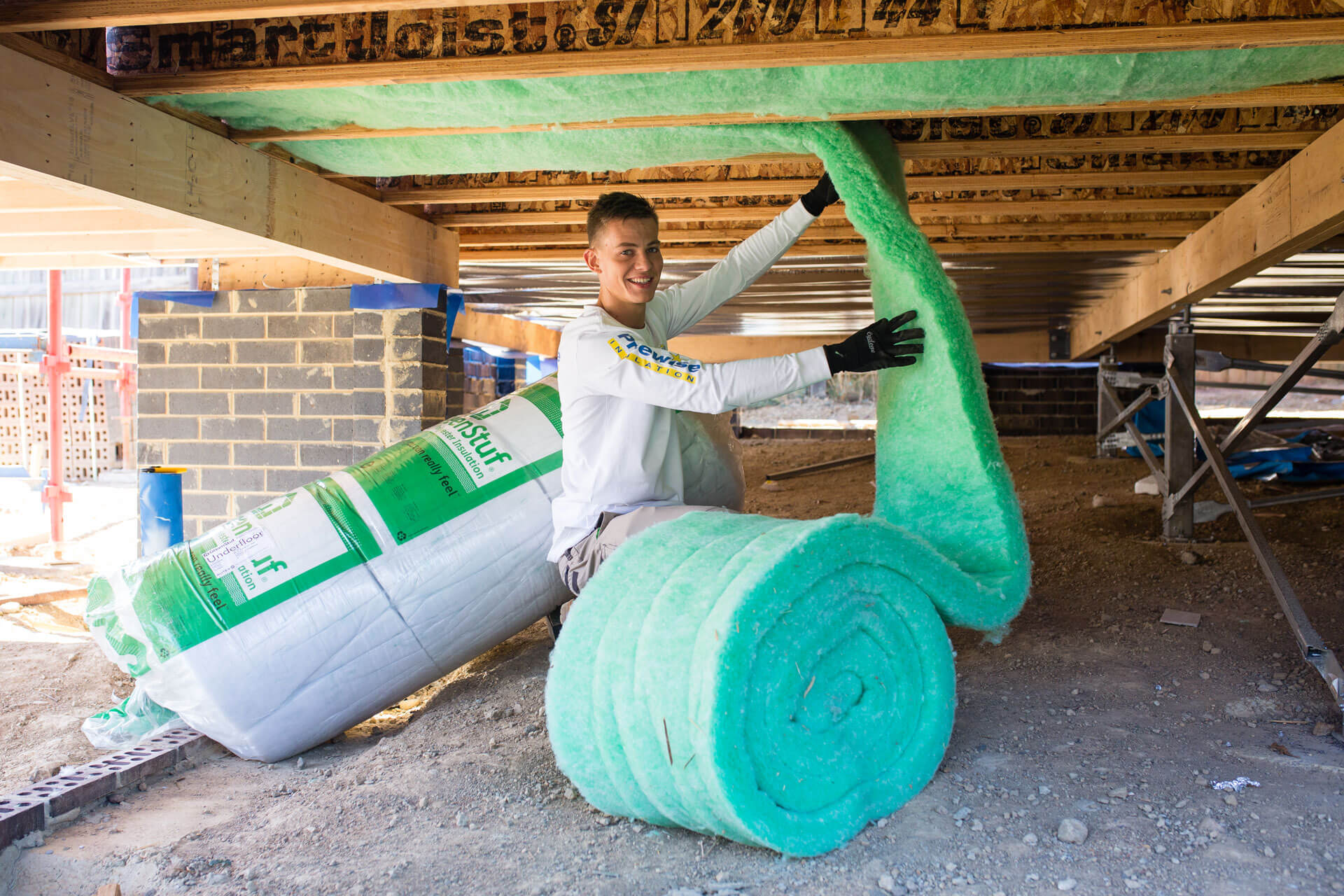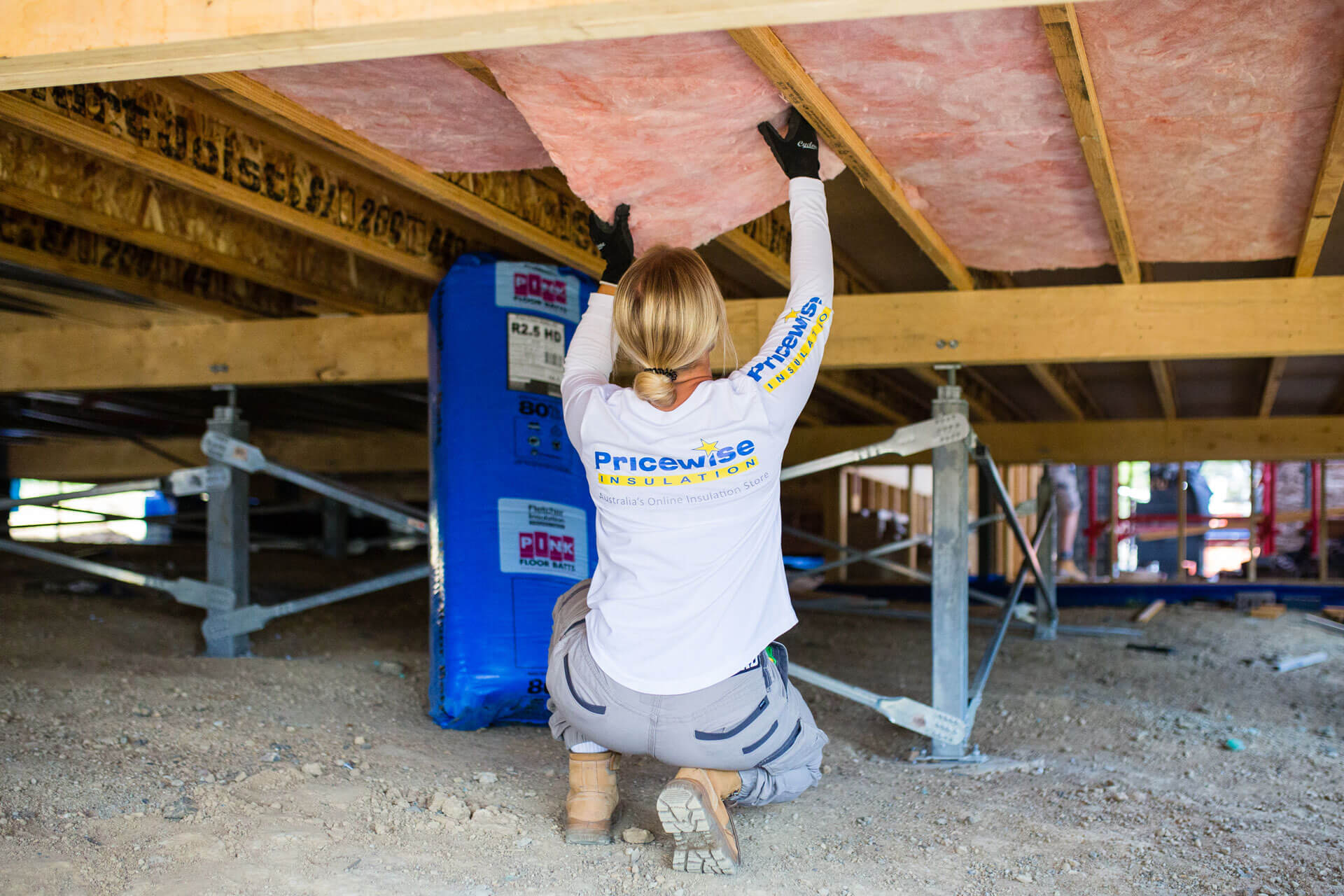
Retrofit installs
Old homes can be retrofitted with underfloor insulation providing there is enough clearance space to move around.
DIY project
Some underfloor areas are easier to insulate than others. Easy acess to the underfloor area makes for a great DIY home project.
New installs
If you are laying a new floor in your home take the opportunity to properly insulate the underfloor area before the floor goes down.
How To Do Floor Insulation
Houses with raised (or exposed) underfloors require at least some underfloor insulation to maximise the overall energy efficiency of the home. Which type or brand of underfloor insulation you choose to use is not the most important factor – all the brands of underfloor insulation we sell will do the job. But without underfloor insulation, the exposed underfloor will allow unwanted heat transfer – both through the actual floor material, and of course through any cracks or gaps in the floor. It’s a common misconception that a properly sealed floor (i.e. a floor with no cracks or gaps) doesn’t need to be insulated, but this is not the case. Even if there are no air-gaps in the flooring material, temperature loss will occur throughout the year. Properly installed underfloor batts or rolls will practically eliminate this, and as with all thermal insulation, will help to reduce the energy requirement on any heating and cooling appliances.
Shop nowRetrofit Installs
An R-Value of R2.0 under the floor is considered more than sufficient for the majority of Australian homes. Underfloor insulation is available in a number of different brands. Here we will focus on 3 popular brands – Knauf Earthwool, Bradford Optimo and Autex Greenstuf Polyester, and explain in which scenarios we would recommend each of these brands. This is not an exhaustive list, and if need be, any of these brands may be used in any of the applications which are described here. Below is more information on how to install floor insulation.
Installing insulation underneath an old house can be a tough job. Knauf’s Sound Shield Insulation batts in R-Value’s R2.0 HD and the slightly thicker R2.5 HD are technically wall batts, but due to their light, semi-rigid consistency, are well suited in an underfloor application. Earthwool Insulation is from our experience the most pleasant to work with of all the glasswool insulation brands, due mainly to its ‘low itch’ formulation.
contact usVideos – Installing Floor Insulation
Featured ProductsBrowse All
From $ 9.10 p/m2 inc. GST
This product has multiple variants. The options may be chosen on the product page
From $ 18.16 p/m2 inc. GST
This product has multiple variants. The options may be chosen on the product page
From $ 8.38 p/m2 inc. GST
This product has multiple variants. The options may be chosen on the product page
From $ 19.57 p/m2 inc. GST
This product has multiple variants. The options may be chosen on the product page
New Installs
If you’re laying a new floor, then seize the chance and install underfloor insulation before the floorboards are laid. GreenStuf Underfloor insulation is perfect for this – just roll it out and staple it into place onto the side of the underfloor joists. Always take care to avoid coming into contact with any wiring or other utilities.
Certain factors, such as the height of the underfloor, the absence of surrounding walls and the prevalence of wind gusts can make the underfloor insulation more susceptible to wear over time. We have found that Bradfords Optimo Underfloor is the most rigid of these three brands. The stiffer consistency makes it easy to install, and over time may help to reduce any effects of the wind and weather blowing underneath the house.
shop nowDIY Installs
You can save over half the total underfloor insulation cost by installing it yourself, but this may not be the best option. Installing insulation underneath the floor can be a very tough job, and if access is tight or if the installation is likely to be further complicated by obstructions such as underfloor ventilation ducting or other hazards, you may be better of paying an experienced installer to to the job for you. Professional insulation installers will consider several things when quoting an underfloor job:
1) The approximate area of the underfloor
2) The spacing between the joists (this will often be ~45cm, but some houses vary)
3) The level of access or clearance underneath the floor at the highest and lowest point
4) Are there any access or other obstructions which could complicate the installation
5)… and of course, what R-Value of insulation do you want to have installed.

